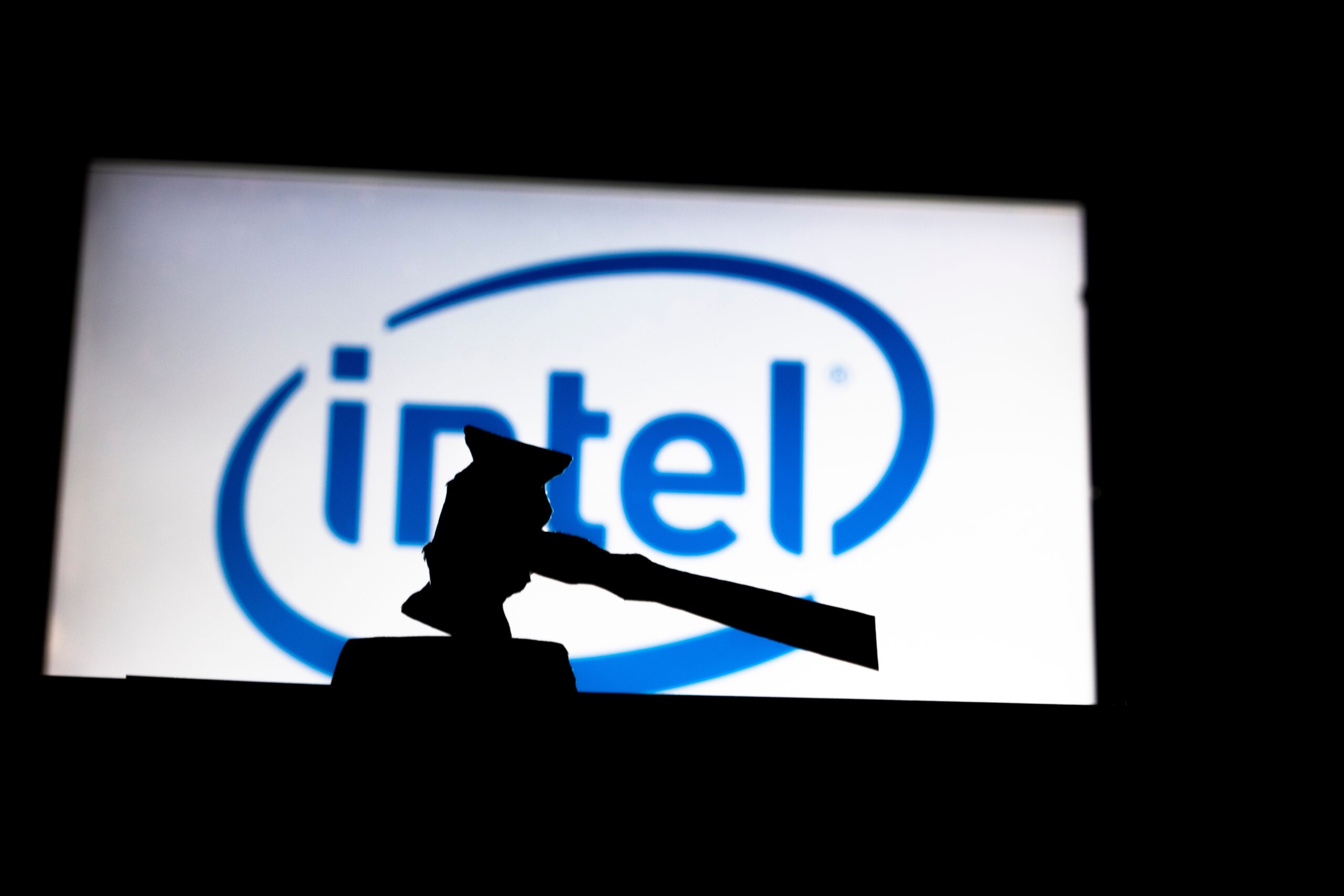The assets on the FED balance sheet stands at well over 4.4 trillion dollars, this has coincided with record low emerging market volatility and highly inflated levels of stock market capitalization to GDP globally. With the FED beginning a slow tapering process, some sort of mean reversal is on the cards which could result in an uptick in emerging market volatility and a pull back of some sort in global stock market indices:
These 4 Student Loan Provisions Of The ‘Big, Beautiful Bill’ Take Effect Now
-
Several student loan provisions of the “Big, Beautiful Bill” will go into
effect immediately or very soon, says the Department of Education.
4 minutes ago

















